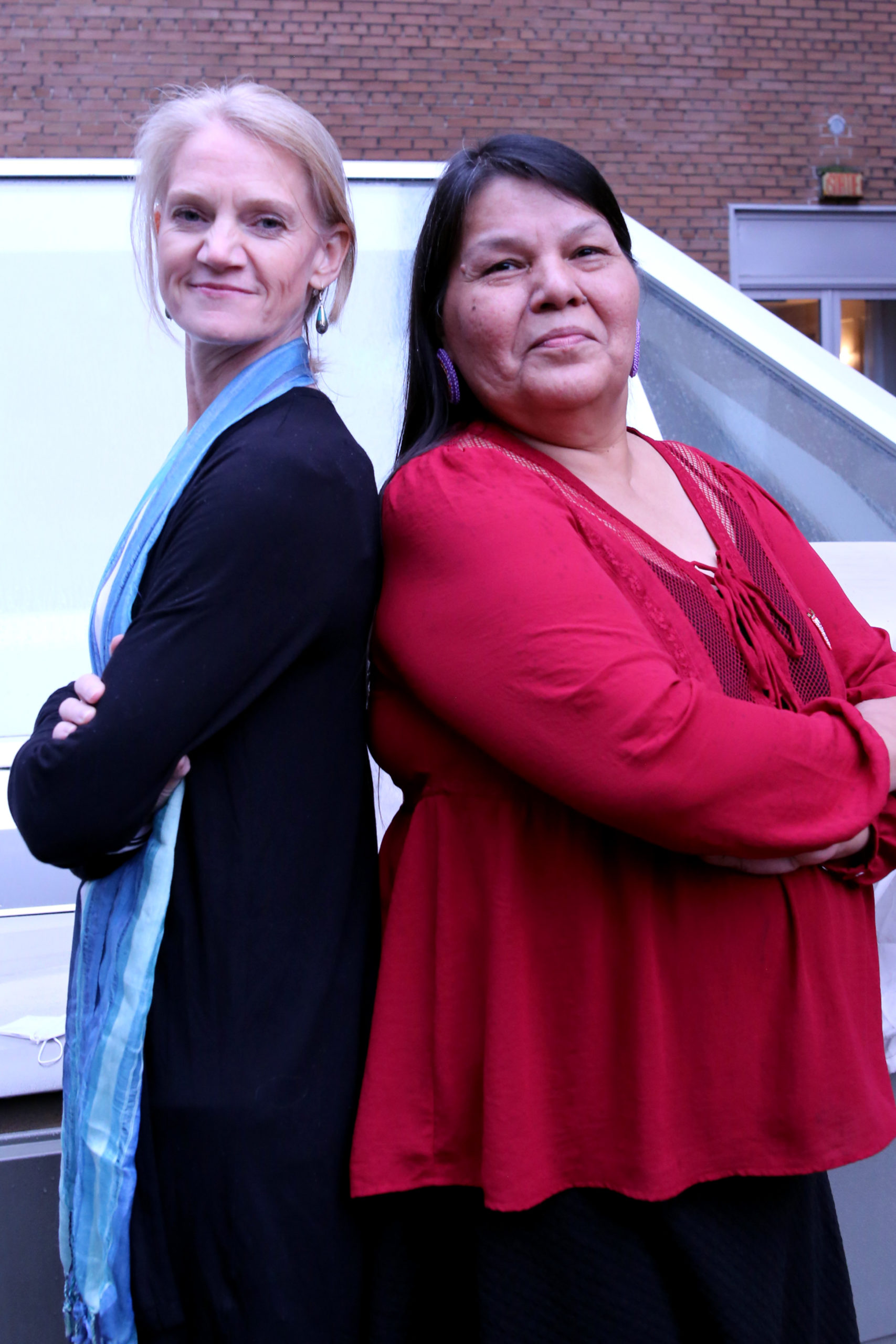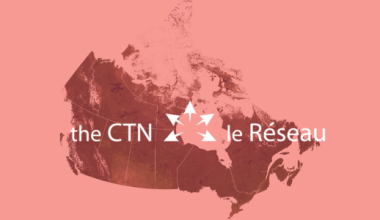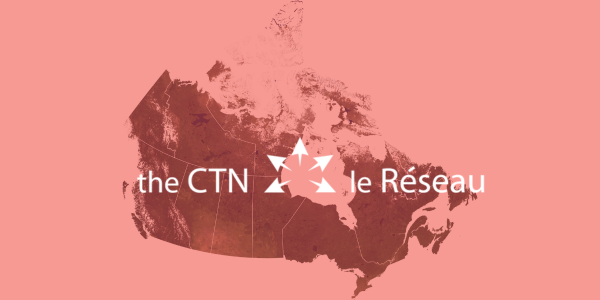Enhancing HIV-Positive Aboriginal Women’s health through culturally-grounded and arts-informed research
Health is more than just the ‘absence of disease’. For many cultures improving health means something other than addressing pathogens, so it follows that HIV research with diverse populations, including Indigenous people in Canada, must also address varying definitions of health in social and cultural contexts.
Visioning Health II (CTN 302) takes up this challenging work with its culturally-grounded, arts-informed interventional research for HIV-positive Indigenous women. Charlotte Loppie, Reneé Masching, Doris Peltier, and Tracey Prentice lead the team implementing the research.
“Up until a few years ago, the whole research experience really focused on illness,” said Doris Peltier, a community researcher and national coordinator on the project. “In our community we came to see that this pathogenic model is not who we are. It didn’t sit right that who I am is a ‘risk factor’, that I am ‘overrepresented’ — that didn’t sit right. But that is how research was presenting Indigenous women. There was some push-back in our community.”
Visioning Health II builds on the work of Tracey Prentice’s PhD thesis Visioning Health I, which, among other findings, found that the process of participating in culturally-grounded, arts-informed interventions for positive Indigenous women, was itself health-enhancing. This second project seeks to use the process, activities, and Indigenous-knowledge orientation they used in Visioning Health I as a health promotion intervention aimed at optimizing the well-being of positive Indigenous women living in Canada.
“We designed Visioning Health as an opportunity to give HIV-positive Indigenous women the space and the opportunity to tell their own stories and to tell stories of strength and health, instead of the typical stories of illness, of trauma — of the barriers, the gaps, and the needs that women were being asked to tell,” added Prentice.
The intervention itself focuses on two main questions: first, what is the meaning of health and how does it intersect with gender and culture for positive Indigenous women? Second, how does the Visioning Health process influence their self-defined health? To answer these questions, the team is using culturally-grounded community-based participatory research methods and a ‘nested’ research structure, in which a descriptive research study is embedded within an interventional research study.
Specifically, at seven sites across Canada positive Indigenous women participants will be guided to reflect on and respond to the research questions through a variety of traditional and contemporary art mediums and to share their work and reflections through a series of ‘research sharing circles’, an Indigenous, qualitative method of research.
The impact of the intervention will be assessed and analyzed by the investigators in conjunction with the participants using collaboratively developed evaluation and assessment instruments.
The teams hopes to generate new knowledge relevant to Indigenous-focused policy and programs that are health-focused and strengths-based. Further, by also studying the impact of the intervention itself, Visioning Health II has the potential to inform health promotion programs for Indigenous communities beyond women living with HIV.







